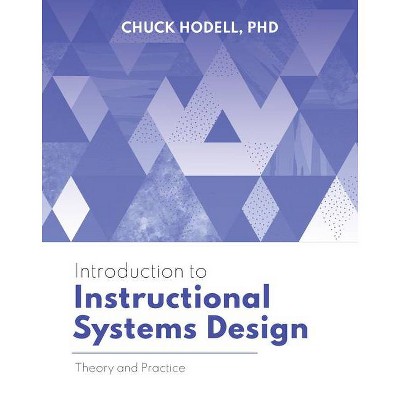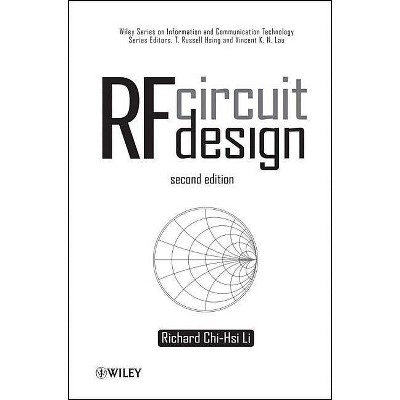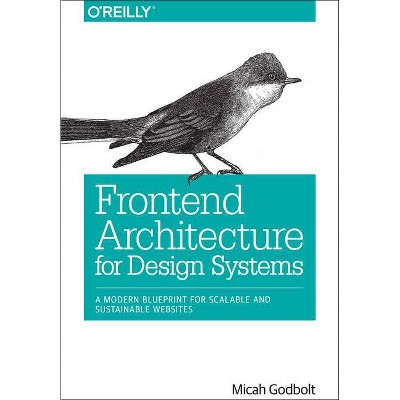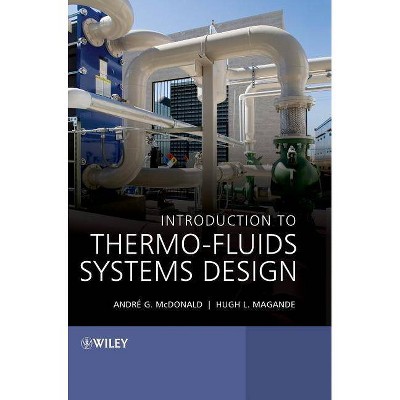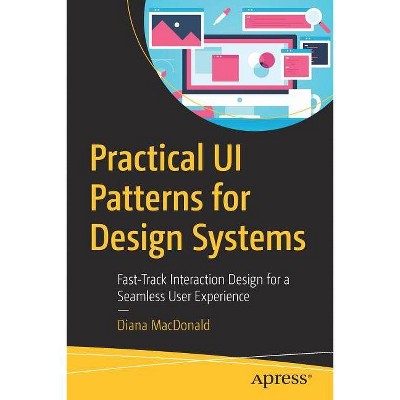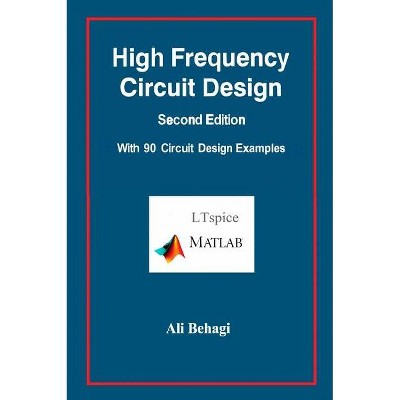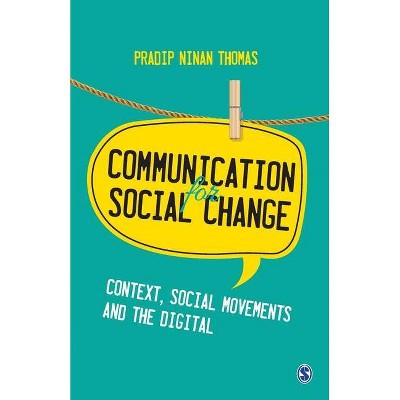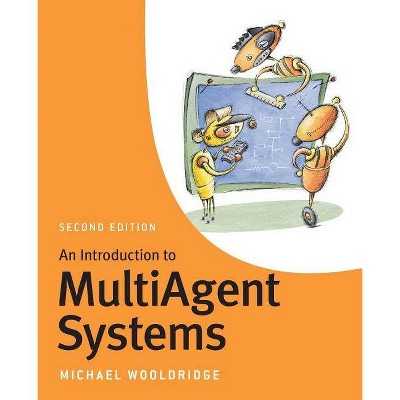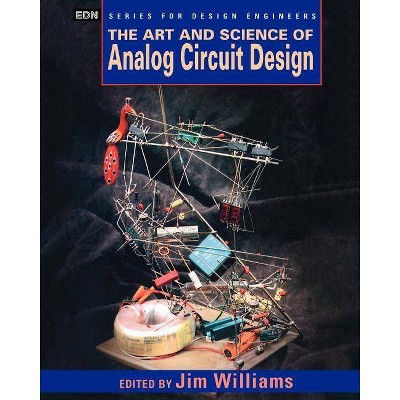An Introduction to RF Circuit Design for Communication Systems - by Roger C Palmer (Paperback)
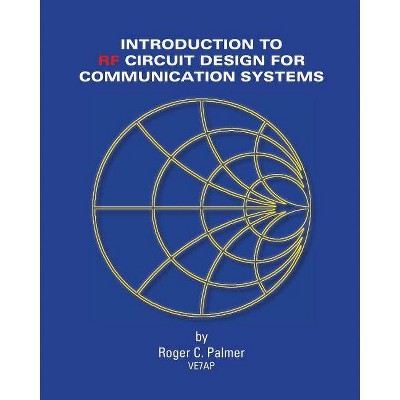
Similar Products
Products of same category from the store
AllProduct info
<p/><br></br><p><b> Book Synopsis </b></p></br></br>This book provides an insight into techniques that are commonly used in the design of modern RF communications equipment. Although the emphasis is on equipment or circuits that are part of communication systems, information is provided on a variety of general electronic design topics. It is assumed that the reader has a general understanding of basic electronic concepts, such as that required to pass the U.S. General or the Canadian Advanced Amateur exam. No special mathematical skills should be necessary to make use of the material that is presented - basic Grade 10 algebra will be sufficient. No calculus will be used at any time. Some basic trigonometry is required in a few places, but a simple tutorial on the necessary concepts is provided in one of the Appendices.This is not intended to be a formal text book with rigorous explanations, derivations, and difficult mathematics. It is assumed that the reader would prefer to get a good understanding of how circuits work, with just enough detail so that designs can be analyzed in a basic manner. Where appropriate, approximations and "rules of thumb" will be disclosed that can often simplify the design process. The book includes several design examples.<p/><br></br><p><b> About the Author </b></p></br></br>Roger Palmer was born in England, and grew up in Canada. He has an electrical engineering degree from McMaster University (1969), and an MBA from the University of Washington (1988). He is a registered Professional Engineer in the province of British Columbia, and is a Life Member of the Institute of Electrical and Electronic Engineers (the "IEEE," based in New York). Roger has been "messing around with electrons" from about the age of 8. Since then, he has always been involved in the "Hi-Tech" field, and co-founded three successful electronic companies. From 1978 until 1994 he was involved in developing a variety of bar code products and technologies at Intermec in Everett, WA (as VP of Engineering, Marketing, and then Research). He left formal corporate life in 1994, and opened a one-man consulting company in Victoria (Palmer Technologies Inc.) providing product planning, technical evaluation, and strategic planning services to a variety of international clients. He also acted as a technical consultant and expert witness in many patent infringement lawsuits and contract disputes. Roger has designed several products under contract for use in performance monitoring and navigation aboard marine vessels. He holds three patents. He has also published the industry-standard text book on bar code technology. He received his first amateur radio license (as VE3FBN) in 1962. He has a Canadian Advanced class license (as VE7AP), and a U.S. Extra class license (as AA7AB). Roger's other interests include sailboat racing, cruising, computers, and aviation. Most summers are spent cruising the West Coast of North America on board his trawler. Roger and his wife Chris live in Oak Bay, which is a sea-side village next to Victoria, B.C.
Price History
Price Archive shows prices from various stores, lets you see history and find the cheapest. There is no actual sale on the website. For all support, inquiry and suggestion messagescommunication@pricearchive.us
